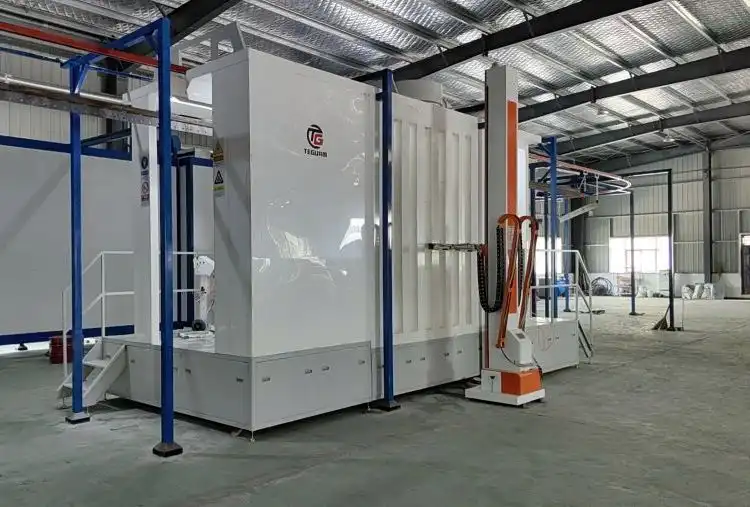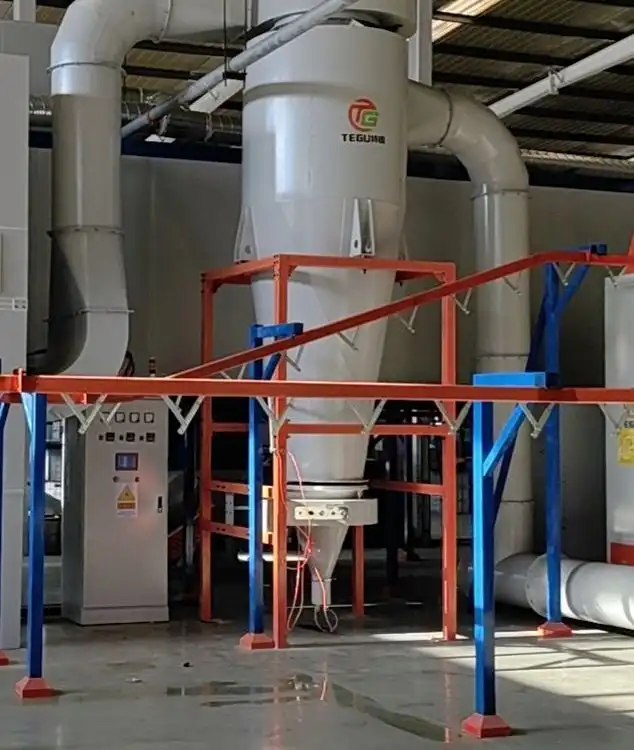
What is the best way to repair defects in electrostatically sprayed surfaces?
What is the best way to repair defects in electrostatically sprayed surfaces?
Repairing defects in electrostatically sprayed surfaces requires careful surface preparation and application techniques to ensure proper adhesion and a seamless finish. The best repair method depends on the type of defect, such as uneven coverage, orange peel, runs, pinholes, or adhesion failure. Here’s a step-by-step approach to repairing common defects:
—
### **1. Identifying the Defect and Its Cause**
– **Orange Peel or Texture Issues** – Caused by improper atomization, excessive coating thickness, or incorrect spray distance.
– **Runs & Sags** – Occur due to over-application or incorrect viscosity.
– **Pinholes or Bubbles** – Often result from solvent entrapment, contamination, or moisture in compressed air.
– **Poor Adhesion or Peeling** – Due to insufficient surface prep, contamination, or incompatible coatings.
—
### **2. Surface Preparation for Repair**
Proper preparation is crucial to ensure the new coating bonds well with the existing one:
– **Light Sanding (For Minor Defects)**
– Use fine-grit sandpaper (e.g., 400-600 grit for smooth surfaces) to level out orange peel, slight texture issues, or minor defects.
– Feather the edges to blend with the surrounding area.
– Clean with a lint-free cloth and solvent (like isopropyl alcohol or a manufacturer-recommended cleaner).
– **Heavy Sanding or Stripping (For Severe Defects)**
– If adhesion failure, peeling, or deep runs occur, use a coarser grit (e.g., 220-320 grit) to remove the defective layer completely.
– If the defect is widespread, stripping the entire coating and reapplying may be necessary.
– **Degreasing & Cleaning**
– Use a proper degreaser to remove oils, dust, or contaminants.
– Avoid touching the cleaned surface with bare hands to prevent contamination.
—
### **3. Re-Coating & Secondary Spraying**
– **Adjust Spray Parameters** – Ensure correct voltage, spray distance, and air pressure for uniform application.
– **Apply Thin Layers** – To avoid runs and sagging, apply multiple light coats instead of a single heavy coat.
– **Use Adhesion Promoters (If Needed)** – For difficult-to-bond surfaces, an adhesion promoter or primer may be required.
– **Flash Time Between Coats** – Allow proper drying time to prevent solvent entrapment and bubbles.
—
### **4. Post-Repair Curing & Finishing**
– **Curing** – Follow the correct temperature and time settings for the best adhesion and durability.
– **Polishing & Buffing** – If needed, use a fine polishing compound to smooth out minor imperfections after curing.
—
Would you like recommendations on specific coatings, sanding techniques, or troubleshooting for a particular defect?
electrostatic fluidized bed powder coating equipment
electrostatic gun for powder
electrostatic gun for talcum powder
electrostatic gun powder
electrostatic gun powder coating
electrostatic magic diy powder coating paint system
electrostatic magic diy powder coating system
electrostatic magic powder
electrostatic magic powder coating peterborough
electrostatic magic powder coating review
electrostatic magic powder coating system

